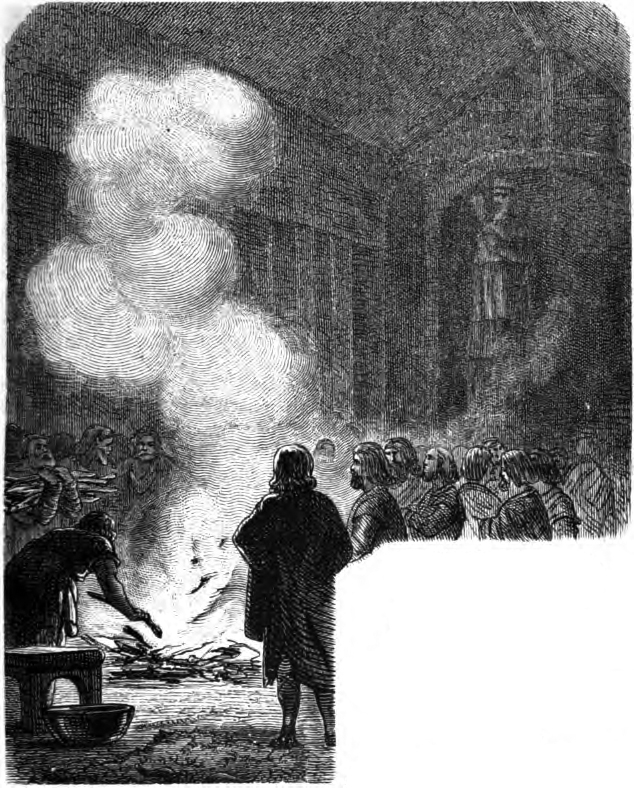
Colors: Gold
Animals: Boar and Stag
Plants: Agricultural Crops
Associations: Kinship, Peace, Agriculture, Abundance, Fertility, Death, and Rebirth
Water and Land
The connection between land and water is fundamental to the health of our ecosystems. Water flows through the land, carving paths, shaping it, and being shaped by it in return. Water seeps into the soil, nourishing everything that drinks from it, and eventually rises back into the heavens, only to fall back to the Earth.
Our use and reshaping of the land, through practices such as earthworks, will drastically restructure the ecology and water cycle of the region. One can see this in many places worldwide, where our abuse and over consumption of the land have stripped it bare and caused desertification. However, in areas where our bold and direct stewardship has allowed the water to return, it has brought life to the ecosystems and agricultural centers alike. Such stewardship often causes more gentle and regular rains, the return of indigenous wildlife and biodiversity, and a more stable water supply to farmers and communities.
Ingwe-Froho God of Land and Fertility
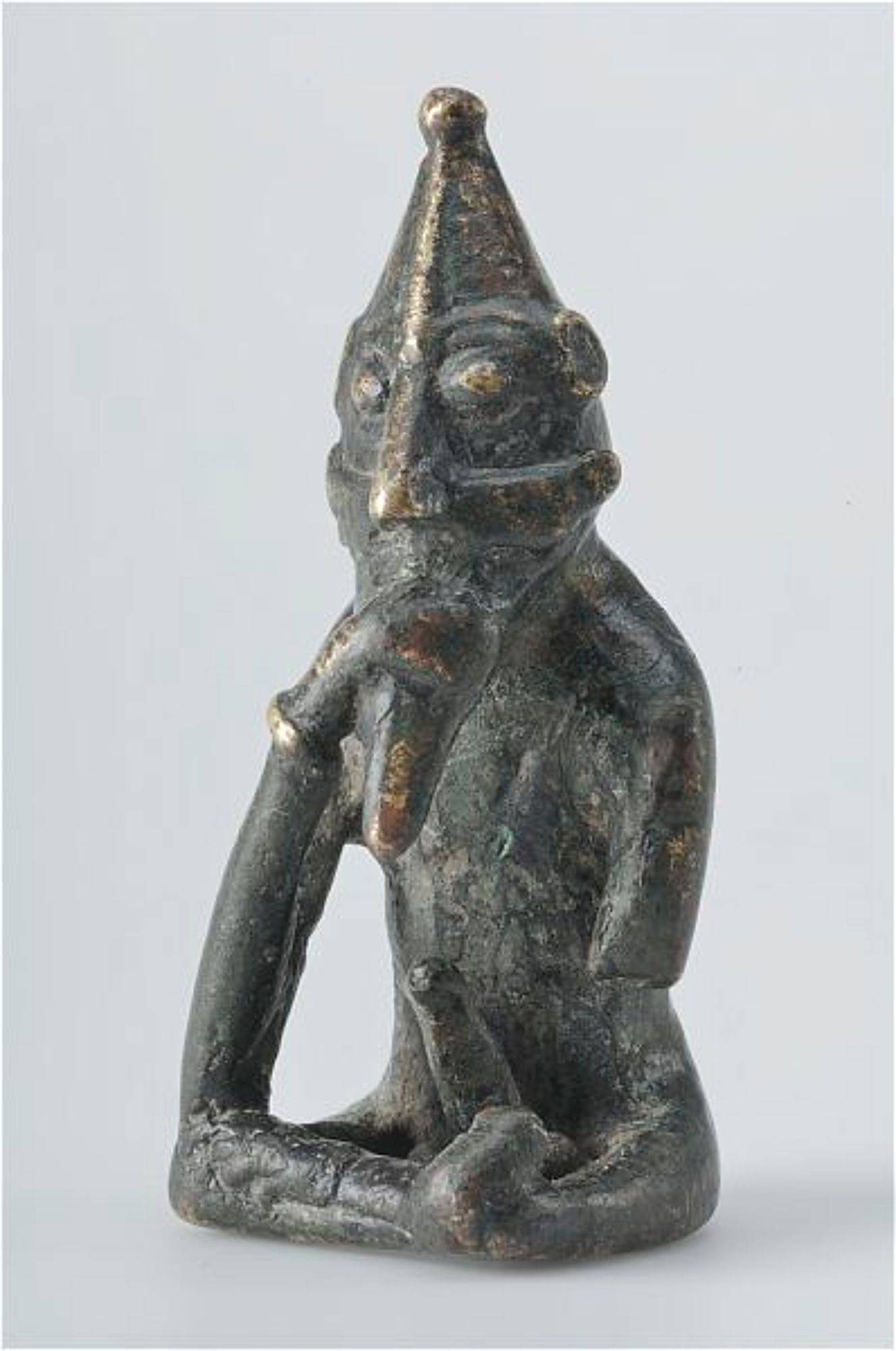
Ingwe-Froho is one of the most central and important deities in the ancient Germanic religion. Known by various names across different Germanic cultures, in the Old Saxon tradition he was known as Ingwe-Froho. To the Norse, he is better known as Yngvi-Freyr. Among the Anglo-Saxons, he was simply called Ing. Despite the variations in name and cultural emphasis, Ingwe-Froho’s role in abundance, fertility, kinship and as a divine protector of the land and its people remain across these traditions.
Ingwe is described in depth throughout mythology as the ruler of the elves, the Alberich. Elves were complicated beings and seem to have been a method of understanding a wide variety of benevolent and malicious spirits both in ancient Heathendom and recent Germanic animism. Elves could be spirits of natural places, attached to ancestral burial places, departed ancestors, future descendants, and even sources of agricultural abundance or human and animal diseases. One of the Anglo-Saxon metrical charms is a cure for the “water elf disease.”
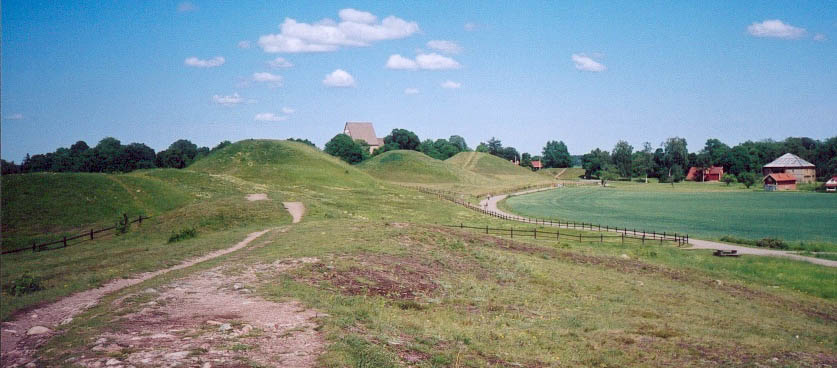
Sacred Mounds
Ingwe is explicitly linked to burial places, standing as a steward over graves, burial mounds, and memorial stones. His name directly relates to the process of mortality and decay, which returns vital essences to the Earth and soil. His presence was felt throughout graveyards, especially in Scandinavian lore, which comes in a distinctly agricultural package, much like other beliefs around him. It wasn’t uncommon for farmers to plant their crops over the burial mounds of their long-passed ancestors, and it’s probable that this came from decaying corpses fertilizing the soil. The role of Ingwe as a steward of decay and rebirth remains relevant today.
“Frey is best
of all the exalted gods
in the Æsir’s courts:
no maid he makes to weep,
no wife of man,
and from bonds looses all.” – Lokasenna 37 Thorpe translation
From this complex weave of deeply held beliefs about Ingwe emerged an equally complex system of ritual and mythology, an echo recorded by everyone’s favorite Christian narrator, Snorri Sturluson. Snorri composed a great work to honor the dynasty of Norway, the Ynglinga Saga, which traces the deeds of their mythology back to euhemerized versions of the gods they believed to be their ancestors. As the name of the work implies, Ingwe is the god who founded their family. Snorri has this to say as to the life of the god in chapters 12 and 13:
“Frey took the kingdom after Njord, and was called drotby the Swedes, and they paid taxes to him. He was, like his father, fortunate in friends and in good seasons. Frey built a great temple at Upsal, made it his chief seat, and gave it all his taxes, his land, and goods. Then began the Upsal domains, which have remained ever since. Then began in his days the Frode-peace; and then there were good seasons, in all the land, which the Swedes ascribed to Frey, so that he was more worshipped than the other gods, as the people became much richer in his days by reason of the peace and good seasons.
His wife was called Gerd, daughter of Gymir, and their son was called Fjolne. Frey was called by another name, Yngve; and this name Yngve was considered long after in his race as a name of honour, so that his descendants have since been called Ynglinger. Frey fell into a sickness; and as his illness took the upper hand, his men took the plan of letting few approach him. In the meantime they raised a great mound, in which they placed a door with three holes in it.
Now when Frey died they bore him secretly into the mound, but told the Swedes he was alive; and they kept watch over him for three years. They brought all the taxes into the mound, and through the one hole they put in the gold, through the other the silver, and through the third the copper money that was paid. Peace and good seasons continued…
When it became known to the Swedes that Frey was dead, and yet peace and good seasons continued, they believed that it must be so as long as Frey remained in Sweden; and therefore they would not burn his remains, but called him the god of this world, and afterwards offered continually blood-sacrifices to him, principally for peace and good seasons.” – Ynglinga Saga Laing translation.
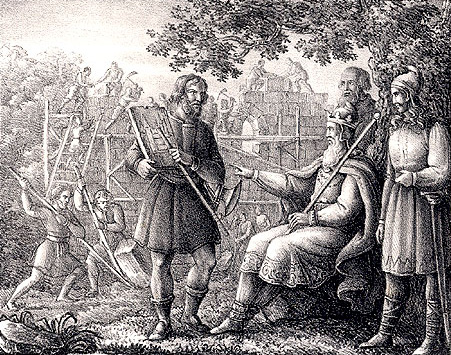
While this account is somewhat euhemerized, it reflects a genuine belief of the Swedes, recorded for generations by perturbed Christian writers trying to convert the people away from their Heathen rites. They believed Ingwe’s essence and power resided within the sacred mound at Uppsala, and all of the blessings of fertility, peace, and prosperity flowed from it. In other words, all the blessings Ingwe chose to bestow upon the people flowed out of this earthwork.
Though the mound at Uppsala was especially sacred, Ingwe, known as the Mound-Lord, was associated with other burial mounds across the Germanic world. Modern Heathens and Barbarians can extend this association to all man-made earthworks. Ingwe resides in every swale, reservoir, terrace, and mound, blessing us with sacred rain and life-giving fertility.

Earthworks in Ecological Restoration
Earthworks such as swales, terraces, and rainwater capture sites are essential tools for ecologists and regenerative agriculturalists seeking to facilitate this renewal. These earthworks capture and store rainwater in the land, allowing it to restore the essence of life to the region. By enhancing the land’s natural ability to retain water, these structures bring fertility. Out from the building of these earthworks flows all of the goodness and bounty that restores balance and life to the land; as long as we honor our role in that cycle.
Terraces are flat, step-like areas built into sloped land to slow down water runoff, reduce erosion, and create more usable, fertile land for agriculture. They help retain water and prevent soil loss by breaking up the slope into smaller, manageable sections. Swales, on the other hand, are shallow, gently sloped ditches designed to capture and redirect rainwater. Positioned along the contour of the land, Swales slow down water flow, allowing it to seep into the soil and recharge groundwater while also preventing surface runoff and erosion. Together, these earthworks not only conserve water but enhance soil health and promote biodiversity in a harmonious relationship with the land.
Reviving Indigenous Science within Modern Ecology
While ancient farmers planted crops over ancestral burial mounds, we can draw upon these principles more broadly to inform our regenerative practices in a way that respects health and sustainability. Practices like vermiculture, cover cropping, and hugelkultur align with these ancient principles by enhancing soil health and biodiversity in sustainable ways.
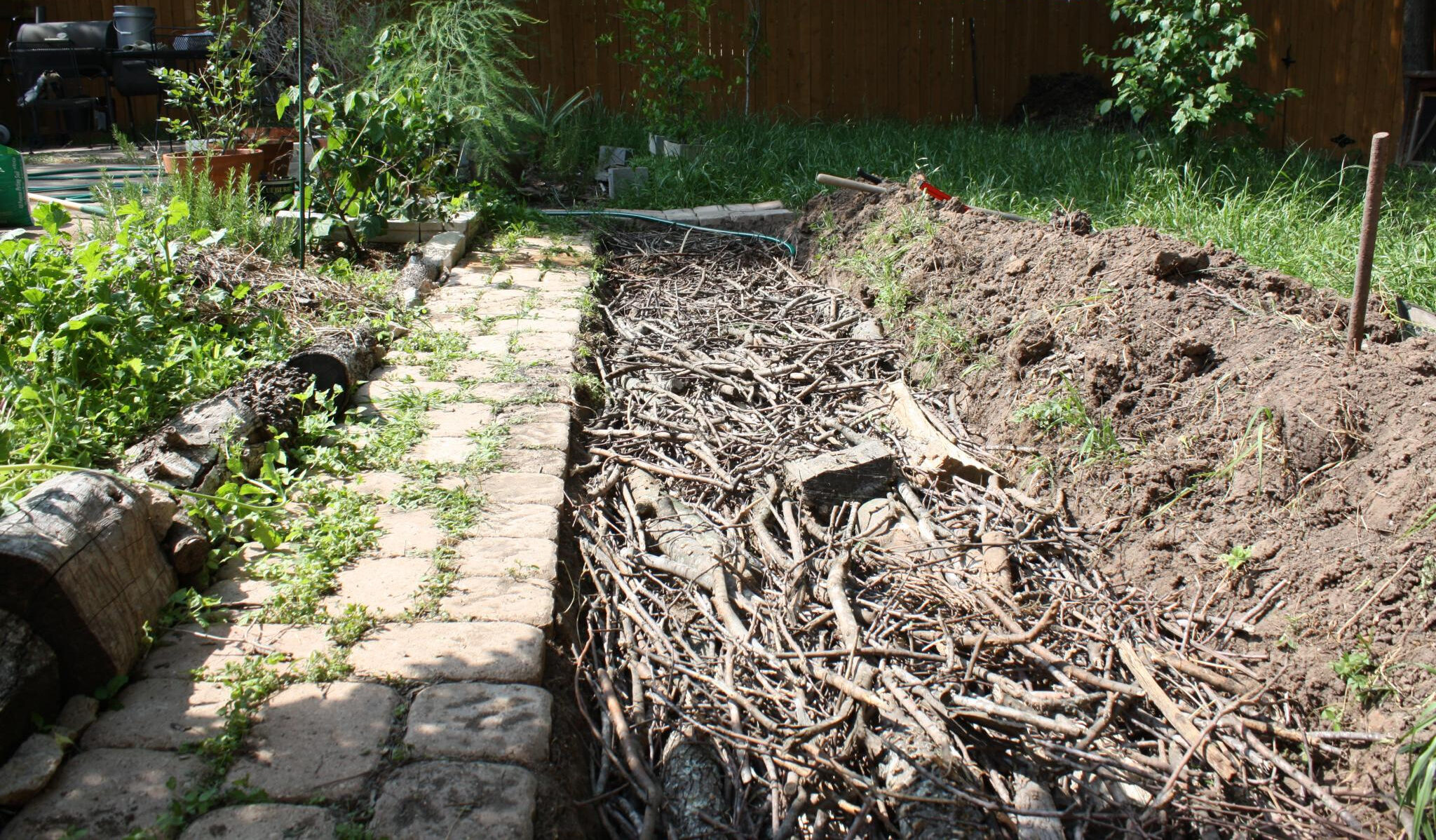
Vermiculture, or worm composting, uses worms to break down organic material, creating nutrient-rich compost that feeds the soil. Cover cropping involves planting nutrient-rich plants that protect and enrich the soil. When these crops are cut down and left to decompose, often referred to as chopping and dropping, they return vital nutrients to the soil. Hugelkultur builds upon this concept using buried wood and organic material to create raised garden beds.
All of these processes replicate the natural cycle of decay and rebirth, much like how ancient peoples saw the fertility of the Earth as a sacred process.
For more on ecology see: Mystical Ecology: A New Story For A New People
As animists, Barbarians, Heathens, and ecologists, we should be helping to establish these water retention systems, recognizing the inherent divinity, and celebrating rituals that honor this sacred relationship. See Ingwe in the mound, and give him your gifts and efforts. If you do so, we will one day return to the Frode Peace.
All power to the people, all glory to the gods and ancestors. Hail Ingwe!
Sources:
Northvegr – Poetic Edda – Thorpe Trans. (archive.org)
Heimskringla: The Ynglinga Saga (archive.org)